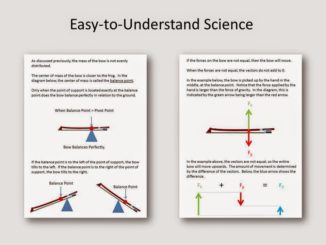
when dealing with MCAT Physics questions in translational motion, you will find yourself faced with objects moving in the x direction, y direction, or some vector between the x and y axis. In this article I will show you how to break down the vector into its x and y components.
The idea of vector components is based on determining how much of a vector lies in the x direction, and how much of it lies in the y direction. You can think of this idea similarly to when it comes to blending colors.
For example, you know that when the colors yellow and red are combined, you will form orange. But the ration in which the colors are mixed will determine the exact shade of orange created. If much red is used with very little yellow, you will have a dark reddish orange, however if very little red is used with a larger amount of yellow, you will have a soft orange color.
Similarly, if you have an object moving in a forward yet upward direction, you have to consider how much of the movement is upward, or in the 'y' direction, and how much of it is forward in the 'x' direction.
To figure this out mathematically you must know the theta value, or angle of motion. If the vector value and angles are given you can use the following equations to solve for the individual MCAT vector components.
Assuming we are dealing with a velocity question where V is the vector, Vx is the velocity in the x-direction, and Vy is the velocity in the y-direction
Vx = V cos theta
Vy = V sin theta
By applying the sin and cosine trigonometric values we are able to calculation, based on the vector angle, how much of the vector is associated with the x-direction, and how much is associated with the y-direction.
Proudly WWW.PONIREVO.COM
Source by Leah Fisch



